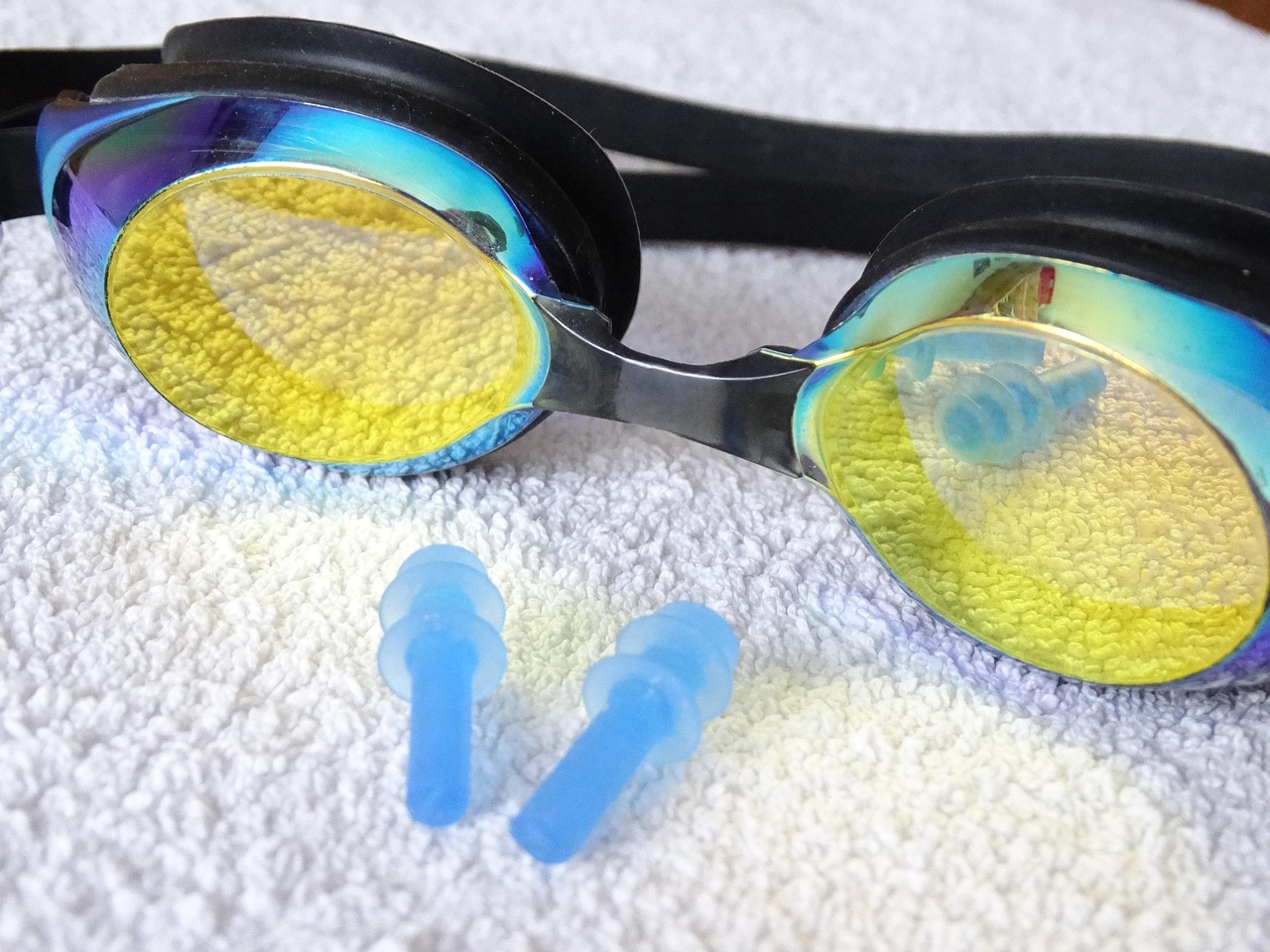Anti-fogging coatings are essential for maintaining clear vision in swimming goggles, especially during extended underwater use. Proper application of such coatings not only enhances the user experience but also ensures long-lasting performance. This article presents a detailed and professional guideline for the construction and application of anti-fogging coatings for swimming goggles. Each step is designed to optimize effectiveness, minimize defects, and promote coating durability. In this blog post, as a high quality anti-fog reagent manufacturing factory, SACH will share the construction instructions of anti-fogging coating for swimming goggles.
Understanding the Composition and Use of Anti-Fogging Resin
Anti-fogging coatings are typically based on a resin system that can be applied directly or diluted before use. The coating forms a hydrophilic layer on the lens surface, preventing condensation and fogging during use.
* Direct Use: The product can be applied as-is for maximum concentration and effect.
* Diluted Use: For ease of application or when a thinner layer is desired, the resin can be diluted using purified water or isopropanol. The recommended dilution ratio is 100 parts resin to 10–30 parts diluent by volume.
Before use, the mixture should be thoroughly stirred and left standing to allow bubbles to dissipate naturally, improving uniformity during application.

Environmental Requirements for Optimal Coating Application
Environmental control is a key factor affecting the quality and performance of the anti-fogging coating. A controlled environment reduces the risk of contamination, uneven drying, and inconsistent coating thickness.
* Clean Room Recommended: It is strongly advised that all coating procedures be carried out in a clean room or clean booth environment to minimize airborne particles and dust adhesion.
* Temperature Control: The ambient temperature should be maintained at or below 26°C. Higher temperatures may lead to premature drying, uneven spreading, or unwanted chemical reactions in the resin.
* Humidity Control: The relative humidity should not exceed 57%. Excessive humidity can affect the curing process and lead to surface defects such as clouding or blistering.
Consistent monitoring of these conditions ensures that the coating process proceeds smoothly and reliably.
Proper Handling to Prevent Bubble Formation
One of the most common issues in anti-fog coating application is the formation of air bubbles. Bubbles compromise the optical clarity of the lens and reduce the effectiveness of the anti-fog function.
* During Mixing: Stirring should be done slowly and steadily to avoid introducing air into the mixture. A vacuum degassing step can be applied if available.
* During Application: The coating liquid should be applied using techniques that prevent sudden movements or turbulence. Avoid shaking the container or rapid pouring.
* Flow Rate Control: Whether using dipping, spraying, or brushing methods, ensure that the coating liquid flows gently over the lens surface. Avoid high-speed flows or splashing.
Minimizing mechanical agitation and controlling flow dynamics are essential in maintaining a uniform and bubble-free surface.
Material Compatibility and Sample Testing
Given the wide range of lens materials used in swimming goggles—including polycarbonate, acrylic, and coated glass—it is critical to verify compatibility between the anti-fogging resin and the substrate.
* Material Differences: Different lenses have varying surface energies, coatings, and porosities. These characteristics affect adhesion and curing.
* Small Sample Testing: Prior to full-scale application, it is strongly recommended to perform tests on small samples of each lens type. This allows for adjustment of coating thickness, curing time, and compatibility checks.
* Special Consideration for Large Areas: Lenses with larger surface areas may require modified application techniques to avoid streaks or uneven coverage. Proper tool selection (e.g., flat brushes, soft rollers, precision sprayers) is also crucial.
Taking time to test and refine the process minimizes risks and ensures consistent performance across product lines.
Application Methods and Techniques
Several methods can be used to apply anti-fogging coatings, each with its advantages depending on production scale and lens type.
1. Dip Coating
* Lenses are fully immersed in the diluted resin and then withdrawn at a controlled speed.
* Produces uniform thickness and is suitable for mass production.
* Must be followed by air drying in controlled conditions.
2. Spray Coating
* Fine atomization ensures thin and even layers.
* Recommended for complex shapes or irregular surfaces.
* Requires careful control of spray pressure and distance to avoid overspray or pooling.
3. Brush or Wipe Coating
* Suitable for manual application or small-batch customization.
* Requires experienced operators to avoid streaks or inconsistent application.
After application, all coated lenses should be left undisturbed to dry in the clean room until the coating has fully cured.
Post-Coating Inspection and Quality Control
Once the coating has dried, each lens must be visually inspected and, if necessary, tested for optical clarity and anti-fog performance.
* Visual Inspection: Check for defects such as bubbles, streaks, cloudiness, or dust particles.
* Adhesion Test: Use tape tests or mild abrasion to assess the bond strength of the coating.
* Fogging Test: Expose the lens to a humid environment and observe fog-resistance. A properly coated lens should remain clear.
Defective items should be reprocessed or discarded to maintain product quality and brand reliability.
Storage and Handling Recommendations
After coating and inspection, lenses should be stored in clean, dust-free packaging until assembly or shipment.
* Avoid Contact with Sharp or Abrasive Objects
* Keep Away from Direct Sunlight or High Heat
* Store in Temperature-Controlled Warehousing
Proper post-process handling preserves the performance of the anti-fog layer until the product reaches the end user.
Conclusion
The effectiveness of anti-fogging coatings for swimming goggles hinges not only on the formulation but also on the precision of the application process. By following strict construction instructions—ranging from dilution ratios and environmental controls to application techniques and quality inspections—manufacturers can ensure consistent product performance, high optical clarity, and customer satisfaction. Whether in high-volume production or customized small batches, attention to detail at every stage of the coating process is key to delivering top-tier anti-fogging solutions.
www.hzsqchem.com
SACH